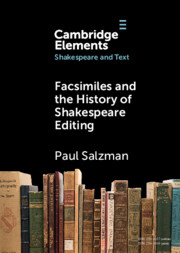Reproduction of archaeological material was a significant and serious enterprise for antiquarians and museums in the long nineteenth century. Replicas embed many stories and embody considerable past human energy. Behind their creation, circulation, use, and after-life lies a series of specific social networks and relationships that determined why, when, and in what circumstances they were valued, or not. Summarising the context of their production, circulation, and changing fortunes, this article introduces the ways in which replicas are important, and considers the specific benefits and aspects of a biographical approach to their study. Beyond the evidential, the study of existing replicas provides a historical and contemporary laboratory in which to explore the concepts of value and authenticity, and their application in cultural heritage and collections management, offering us a richer insight into the history of ourselves as archaeologists and curators.


